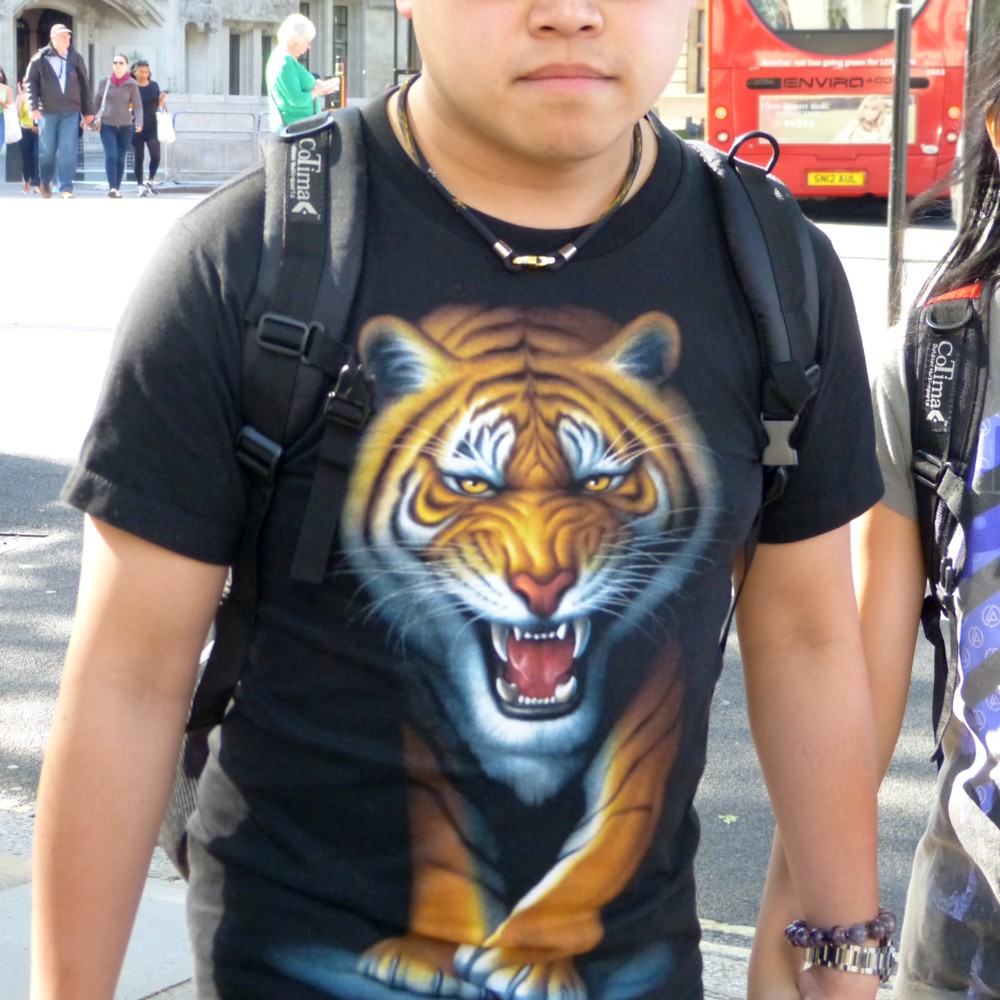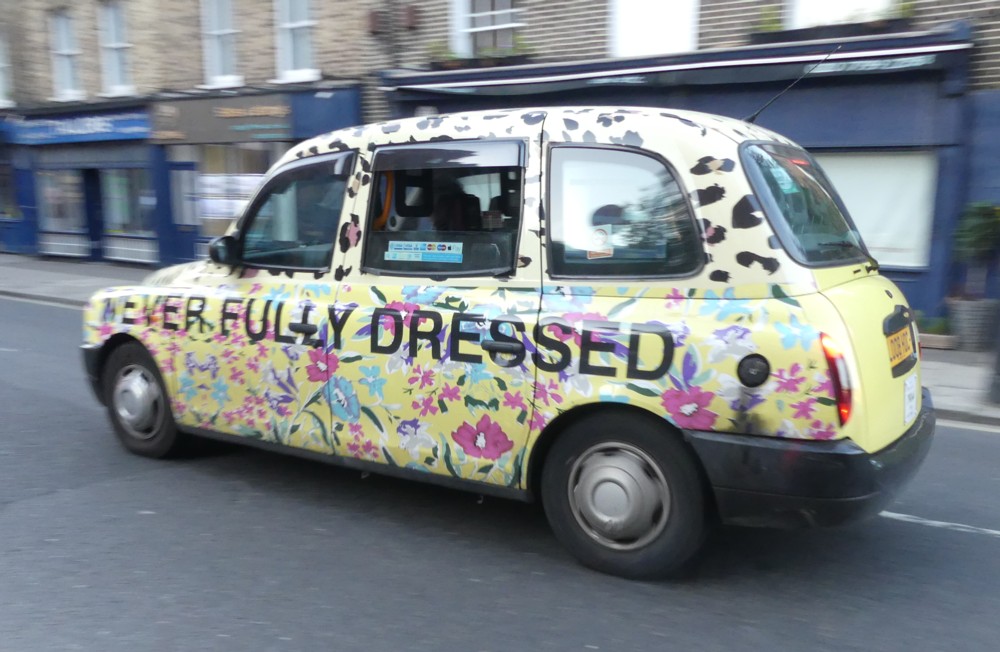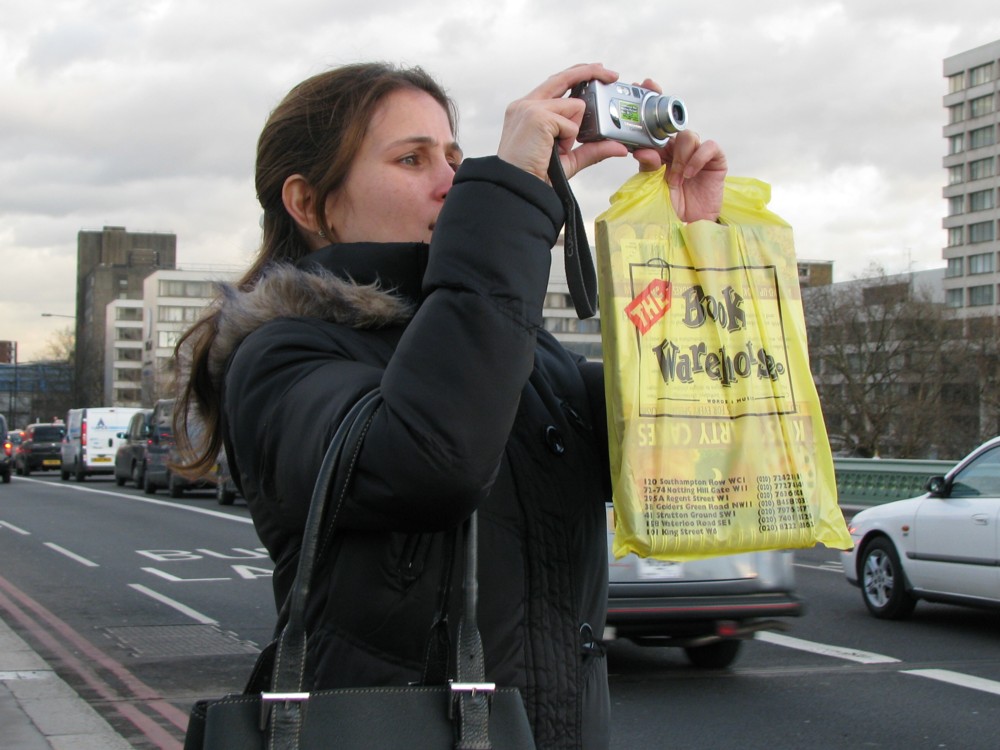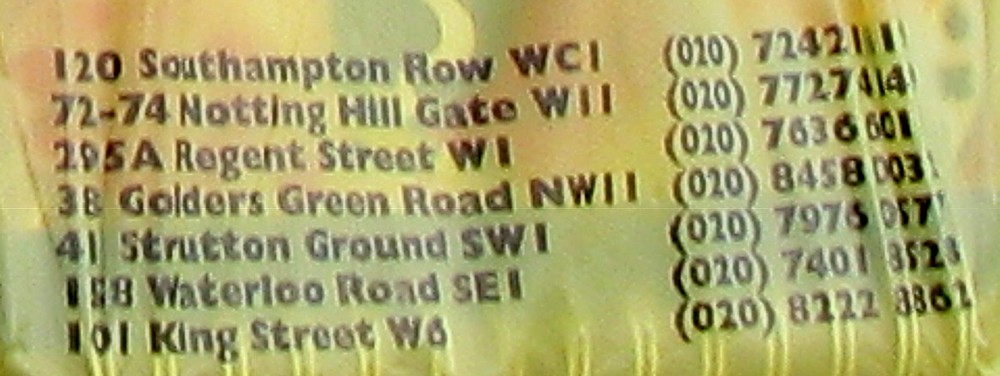One of the biggest architectural trends of the last half century has been the relentless replacement of rough and unreflective surfaces with smooth and shiny surfaces, concrete by glass, old school stones and bricks by glass or shiny bricks held up by regular bricks. Glass is now omnipresent, even as much of it is deliberately arranged not to be seen through. Glass has got a lot smarter, meaning better at making light do exactly what it wants light to do, and a lot stronger and less accident-prone.
As a result, reflections now abound in cities, including reflections in see-through glass, because you actually don’t want see-through glass being perfectly see-through, because then people would keep walking into it and breaking their noses or skulls. So, the surface of see-through glass has mostly been kept deliberately shiny.
If you think about it, the difference between rural picturesque and urban is the difference between rough and smooth, between not-shiny and shiny. Shininess in hitherto impeccably rural settings can be particularly grating. It’s not necessarily the shape of architectural modernity that causes the most offence, in architecturally ancient or Ancientist settings. It is often its typical surface. Its shiny surface.
And it’s not just glass. Even the most mundane of building materials have tended to get shinier. The latest stronger-than-before materials tend to have smoother and shinier surfaces. Modern materials just seem to turn out like that. But also, smooth and shiny surfaces are so much easier to clean. Dirty stones or bricks have to be cleaned with industrial scale toothbrushes and savagely powerful hoses, which tend to rip off the old surfaces of the stones or bricks and make them even rougher and more likely to get even dirtier, later, again. Rinse and repeat until there is either a cripplingly expensive restoration job to be done, or else hardly anything left. A shinily modern surface can just be hosed down more gently, from a distance, with no lasting damage being done to it.
So, lots of reflections. Lots of images bouncing around off urban surfaces, and mingling with the images already on or made by those surfaces. If you are a Real Photographer, being paid to photo some very particular Thing, with no distractions please, this must often be maddening, the ultimate humiliation being when you yourself and your camera end up in the damn photo. But for the likes of me, urban shininess arrived just in time for us to be able to run about photoing it, with joy.
This aesthetic sermon began life as the mere intro to a clutch of shiny photos, but the rule with blogging, often broken here I’m afraid but at least sometimes not, is: keep it simple and keep it brief. Let one link suffice (note in particular the second photo in the Maier set there), by way of (prophetic) illustration. Here endeth the lesson.





